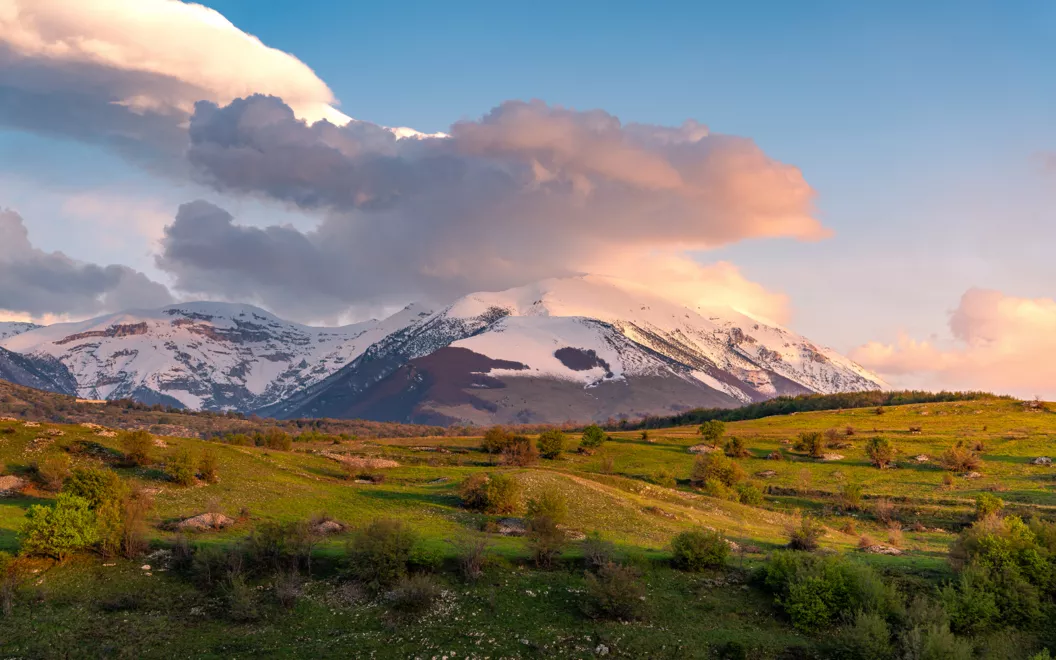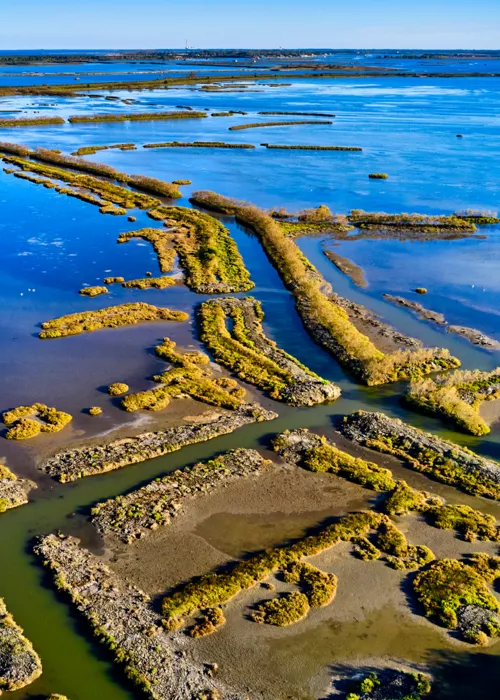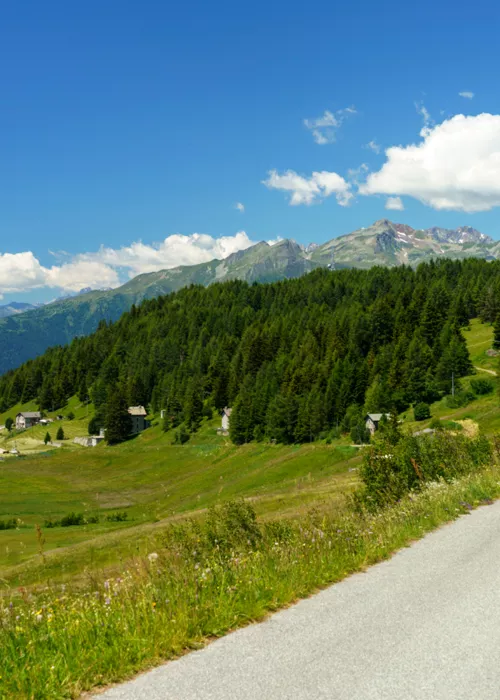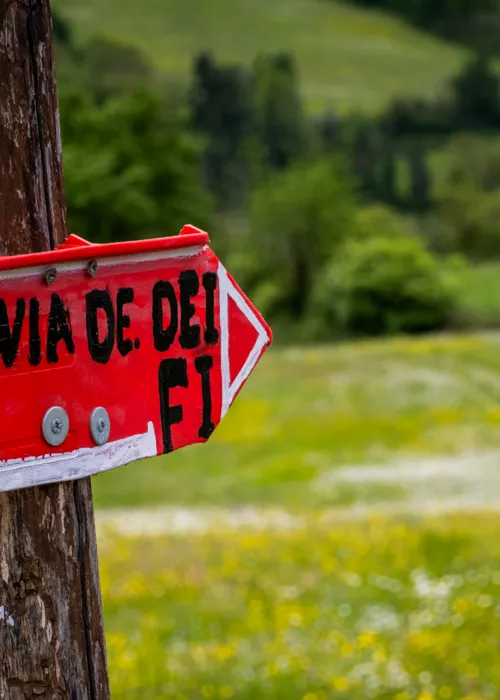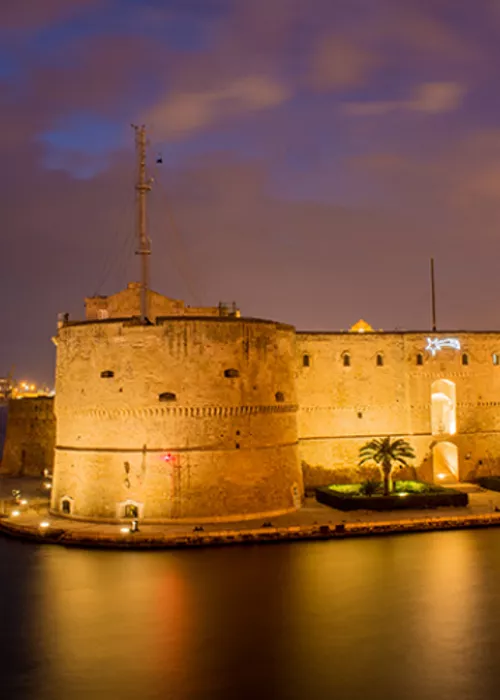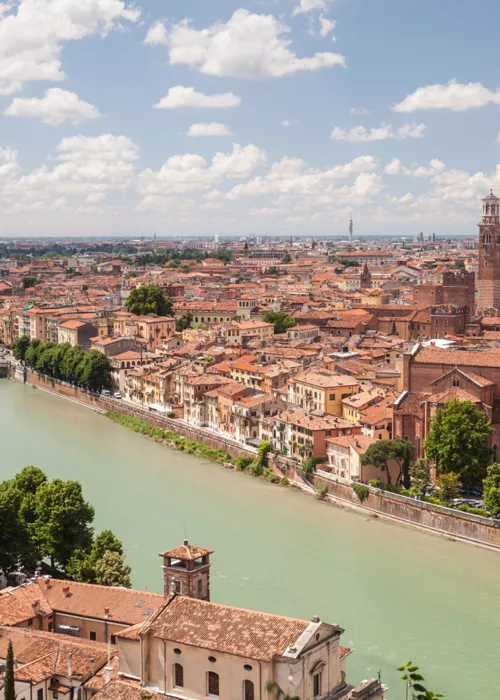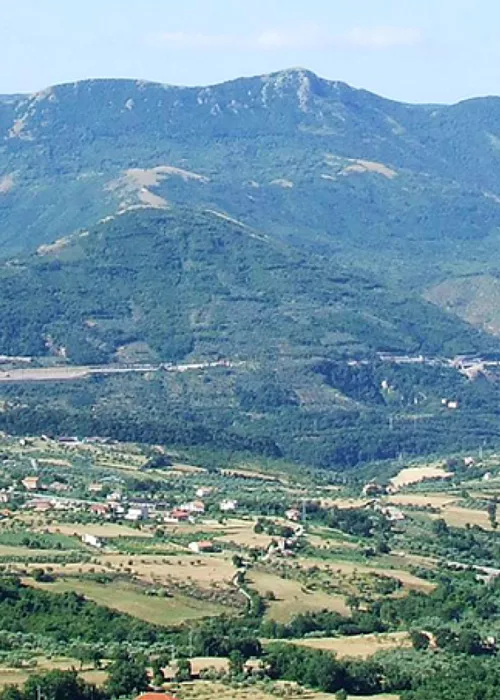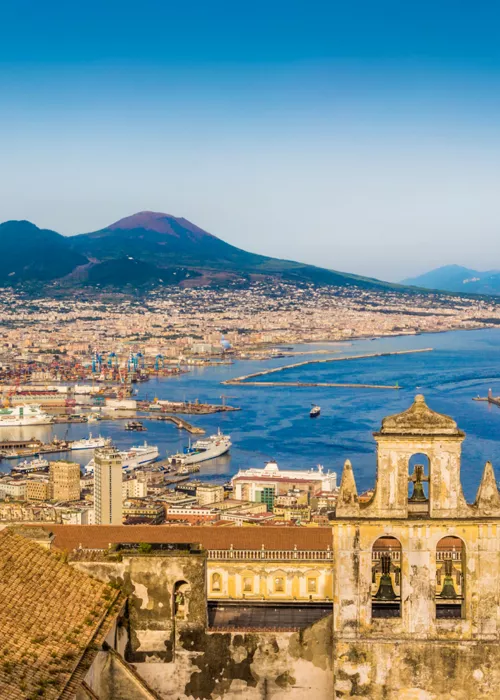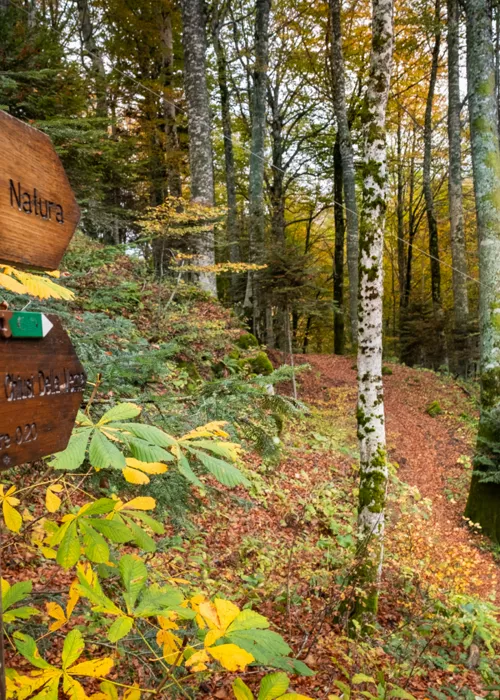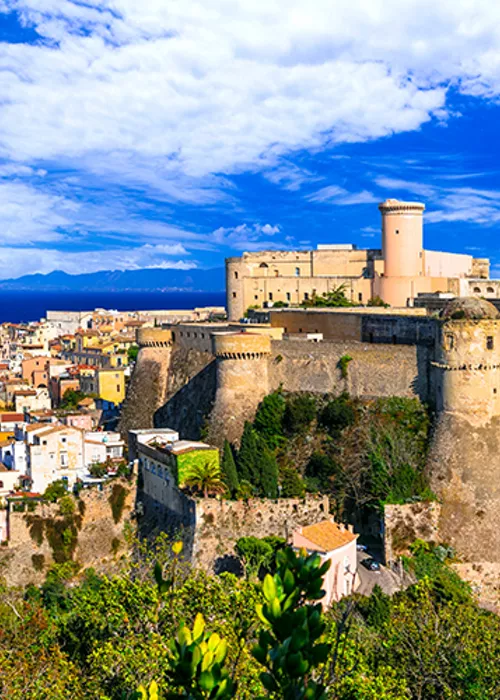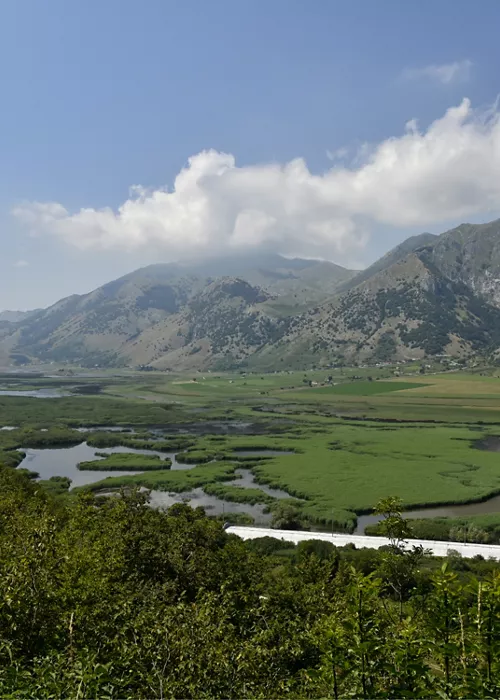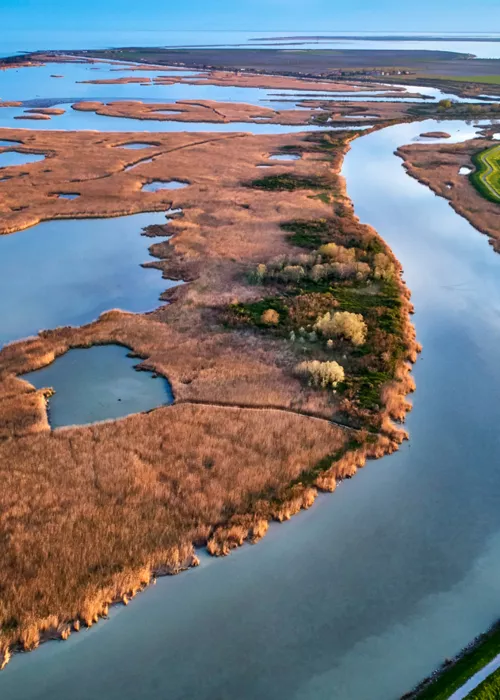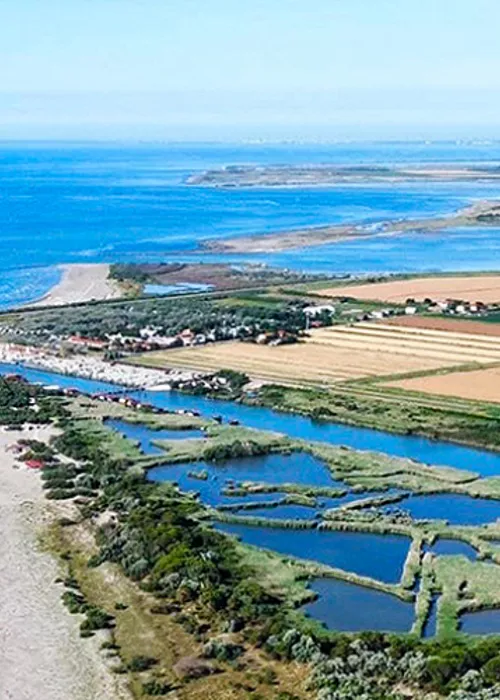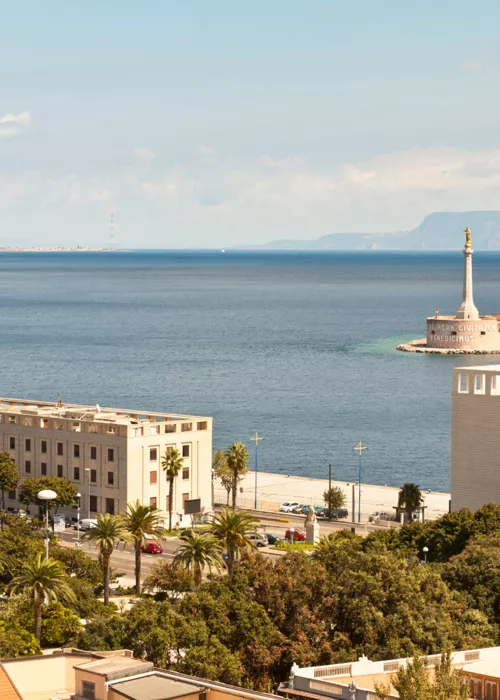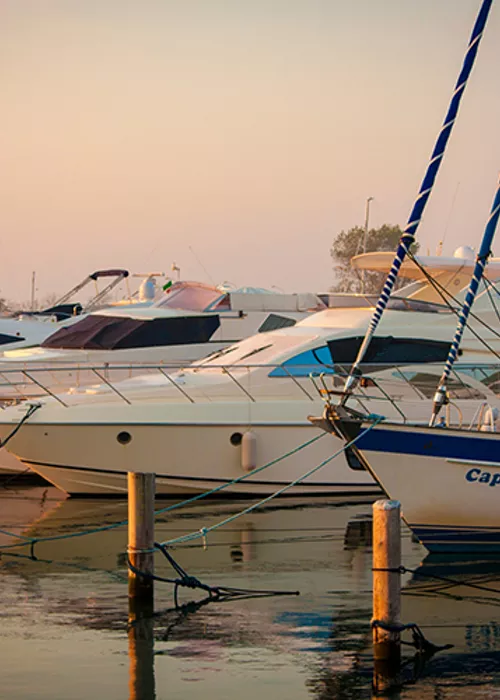From Sulmona to Palena

From Sulmona to Palena; outside it is winter with snow-capped mountain peaks and valleys; the skyline and tiny villages of the Appennines look as if they were drawn in the background of a Nativity scene. The indisputable beauty of this setting is complemented by the charm of the carriage rooms, some of which are splendid. The Centoporte and Corbellini, manufactured between 1920 and 1930 and perfectly restored. Carriages that take you back to a different era, if only for a few hours.
The first whistle of the train guard in Sulmona, a town in the Peligna Valley forged by the confluence of the Vella river into the Gizio, below the Maiella mountain. The landscape is traversed by the Appennine road, which descends from L'Aquila towards Roccaraso and Isernia.
Before leaving, why not enjoy a walk along Viale Roosevelt and Corso Ovidio, the long axis that leads to Porta Napoli at the other end of the town. You might even venture into the side streets to explore the little maze of secluded squares and the amazing medieval, Renaissance and Baroque architecture.
An ancient local tradition is goldsmithing, in particular the making of filigree, although the town is perhaps more famous for its 'confetti'. It is said that these famous sugar-coated almonds were invented right here, in the Middle Ages.
Originally there were only the classic "Avola", large white confetti with a Sicilian almond inside: they were made by women at home, wetting and sprinkling the shelled almonds with water and sugar until they looked like porcelain. The nuns of the Monastery of St Clare began to make floral compositions of confetti, which were then given to noblewomen on their wedding day.
The same idea is now on offer in the city centre streets: everywhere you can see arrangements of confetti in the shape of flowers, bouquets, ears of wheat, little animals and insects, in packages of all shapes and colours.
Industrial production started in the 19th century, and Sulmona confetti are now enjoyed at celebrations held by millions of people all over the world.
After passing through Introdacqua, Vallelarga and Pettorano sul Gizio, you come to Cansano, a little town that is home to one of the tourist information and hiking centres in the Maiella National Park. From here, after 5 km of rural road (although it is surfaced), you reach the archaeological park of the ancient Ocriticum, consisting mainly of a sacred area with three temples, whose perimeters have been carefully reconstructed.
From there you come to Campo di Giove, a small town on the slopes of the Maiella, which stands 1000 m tall, offering fabulous hiking opportunities in summer and downhill skiing in winter. The Campo di Giove ski-lifts, located at Le Piane, 2 km east of the town, ascend to Guado di Coccia (m 1652) and Tavola Rotonda (m 2403), providing sports enthusiasts with 20 km of pistes, various ski-mountaineering itineraries and 12 km of cross-country skiing trails. The small historic centre is focused on the Alberto Duval square and then climbs up cobbled streets.
Next stop Palena! The village, of mediaeval origin, lies between the Porrara and Coccia mountains, dominating the upper Aventino valley. An ancient village, Orange Flag of the Italian Touring Club, with characteristic views, stone arches and portals, still remains. High above rises the stronghold of the 11th century ducal castle and, in the heart of the town, the small Aventine Theatre.
Palena is famous for its beautiful orchids. In its territory, 64 species are currently recorded: about 60% of those found in Abruzzo and over 35% of those found on the entire Peninsula.
From Palena to Castel di Sangro

Gentlemen in the carriage... We set off again, for the second leg of the rail journey. We leave Palena to continue southwards, up to and beyond the borders of Molise. It weaves its way through the woods to Castel di Sangro, not before leaving behind notable centres such as Pescocostanzo and Roccaraso.
Pescocostanzo is an enchanting town in the province of L'Aquila, located in the mountains and an ideal destination all year round: in winter for the magic of the snow and in summer for the mild climate, to be enjoyed in the ski resorts, on the mountain trails and among the grey and white stone streets of the historic village.
Roccaraso, on the other hand, is specialised in winter sports... In winter, you can ski on the slopes of the Aremogna - Pizzalto - Monte Pratello - Rivisondoli circuit, which is 110 kilometres long and has thirty ultra-modern cable cars. There is no shortage of cross-country skiing, snowboarding, ski touring trails and a well-equipped ice rink. In summer, they turn into perfect hiking and mountain biking trails.
A stop at Castel di Sangro, a town that preserves part of its mediaeval structure in the Civita, the town's highest and oldest quarter, where you can also admire the Basilica of S. Maria Assunta. Castel di Sangro is the main centre of Alto Sangro, long considered the "gateway to Abruzzo" through which, in the 19th century, traders and travellers passed.
From Castel di Sangro to Pescolanciano, between Abruzzo and Molise

We leave Castel di Sangro to continue towards the region of the park that borders on Molise, which does indeed exist... and is worth discovering in its typically Apennine beauty.
If you travel in winter and if you have a passion for skiing, a stop in Capracotta, a small paradise for Italian cross-country skiing, is a must. In the splendid natural setting of Prato Gentile, the 1997 National Cross-Country Skiing Championships were hosted, establishing Capracotta as one of the locations of choice for this discipline.
The Molise port is instead Pescolanciano, on a rocky spike – the "pesco" that gives its name to the town – located in the middle of the valleys of the Trigno river and the Savone stream, a stop not only on the Apennine "Trans-Siberian", but also on the Castel di Sangro-Lucera sheep trail, of which it was an important resting and refreshment station for a long time.
At the time of the Normans, Pescolanciano was a real fortification, but in the 18th century, under the rule of the d'Alessandro family, it became a luxurious palace. At the same time, under the rule of Duke Pasquale d'Alessandro, Capodimonte artisans set up a majolica and porcelain factory here, which in just a few years acquired widespread recognition; the factory was almost immediately destroyed in a mysterious fire, but its legacy is still cherished today in the Pescolanciano Ceramic Museum.
Having a few days' holiday, you can instead devote yourself to uncovering the Guided Nature Reserve, a short distance online from Pescolanciano and Carovilli, which together with the Montedimezzo Reserve constitutes the UNESCO Man and Biosphere (MAB) Reserve Collemeluccio-Montedimezzo Alto Molise: 363 hectares of forests, around 1,000 metres in altitude, enhanced by the presence of silver fir. There are many walks that can be planned, and they are really within everyone's reach. And there is also a visitor-forest centre with a picnic and camping area.
From Pescolanciano to Isernia, nature and Molise traditions

The last section that we recommend travelling on the "Trans-Siberian of Italy" leads directly to the last Molisana stage, Isernia, which is brought forward on the rolling road from Sessano del Molise and Carpinone.
In the centre of a valley between the Mainarde mountains to the north-west and the Matese to the south-east, Isernia and its province conceal unexpected surprises, especially for trekking and nature lovers.
The city is certainly not at the top of the tourist charts, but it does boast the presence of important cultural attractions such as the National Palaeolithic Museum and the striking Cathedral of St. Peter the Apostle, built on the remains of an ancient pagan building.
Its surroundings are rich in inspiration. A visit to the Montedimezzo wildlife reserve and the mediaeval village of Roccamandolfi, where you can walk on the striking Tibetan bridge, surrounded by greenery and suspended above the Callora river. Not to be missed is the trip to Frosolone, a cliff town popular especially with lovers of free-climbing enthusiasts. On the other hand, if you are looking for a few hours of relaxation, in Castel San Vincenzo you can rest on the shores of its bathing lake. A happy ending to retrace a memorable trip.


